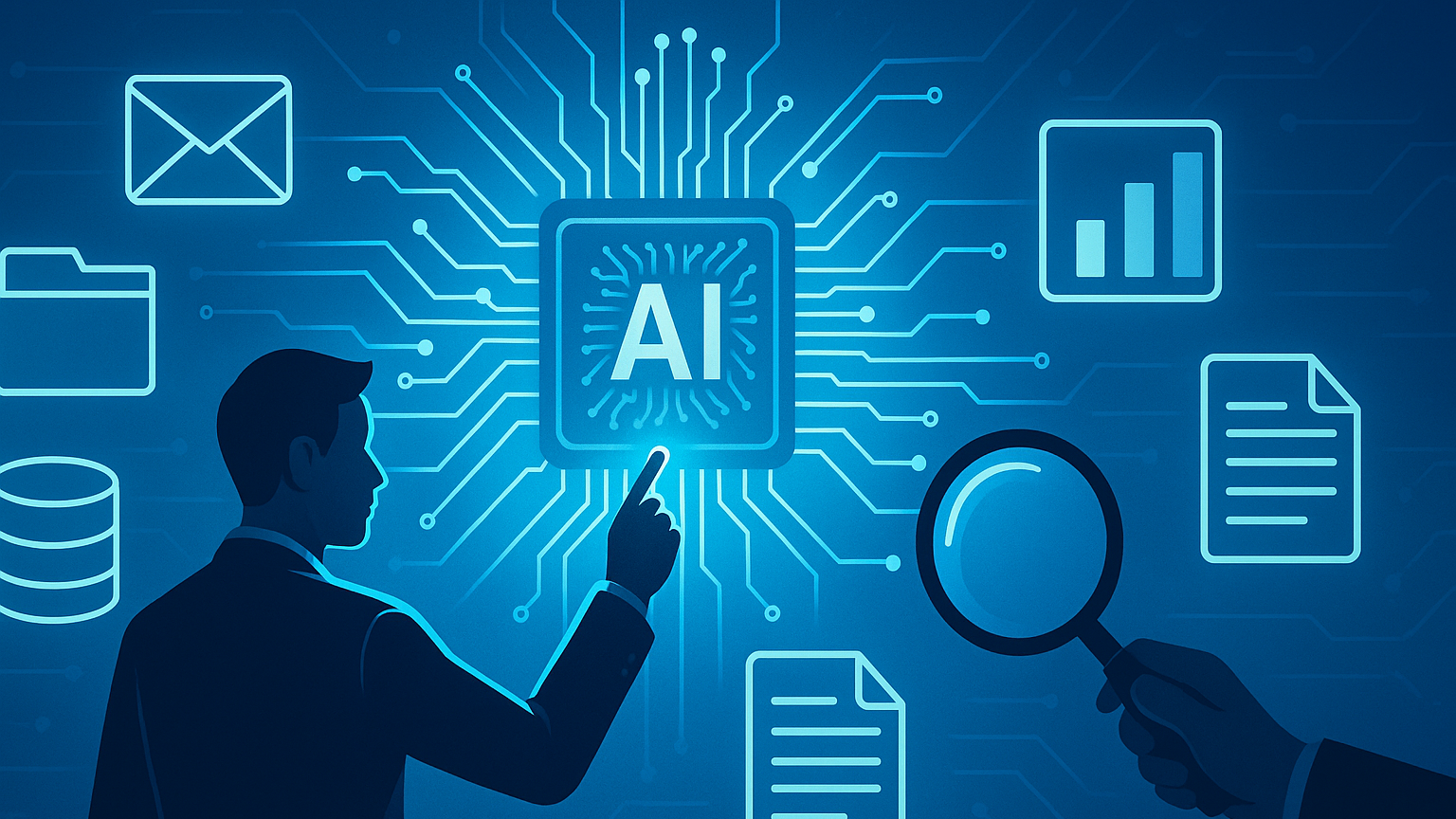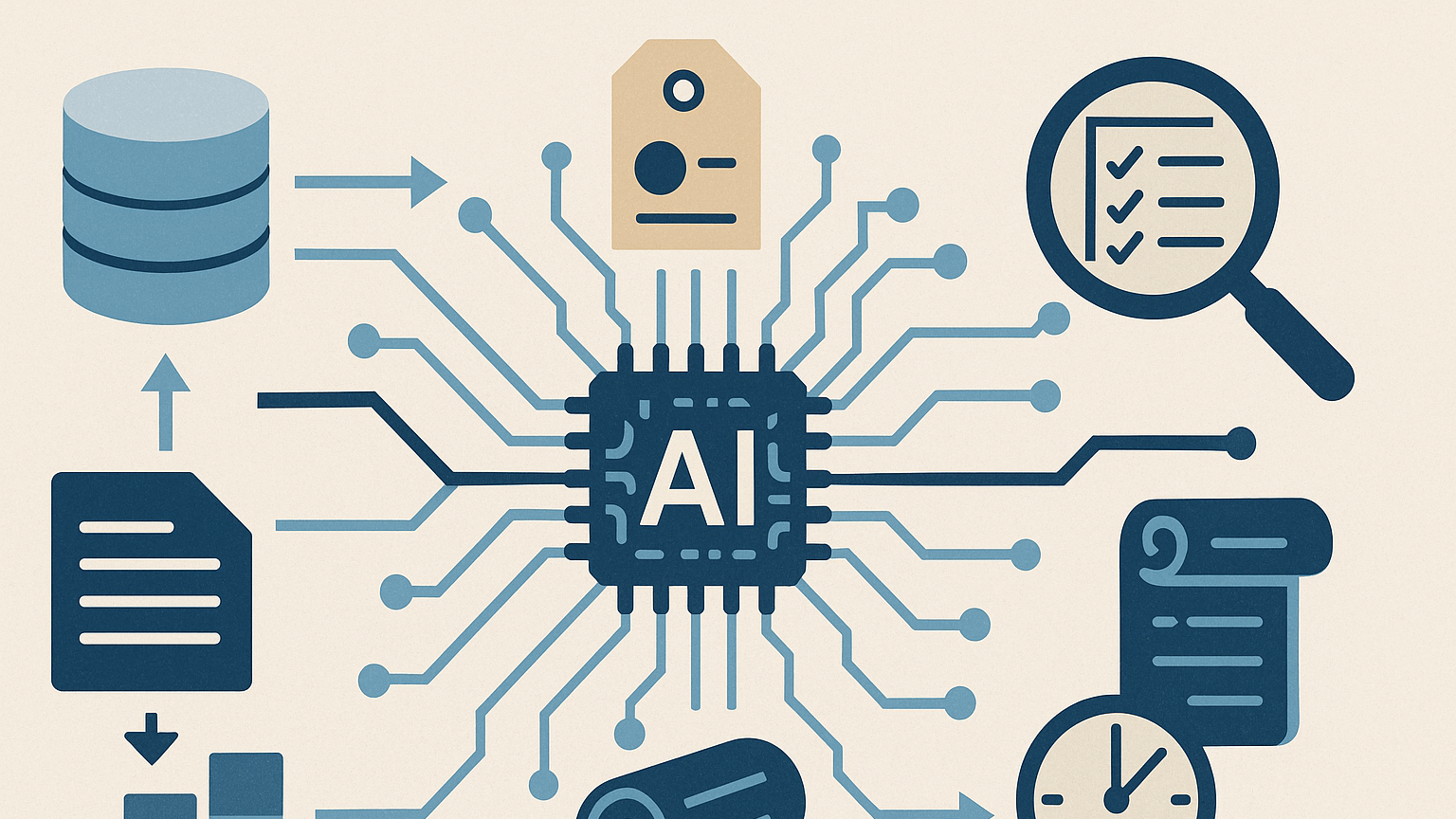
AI Awareness for External Audit Coordination in Compliance and Risk Management
You’re working in an environment where external audits are both a compliance necessity and an opportunity to demonstrate strong governance. AI is changing the way you prepare for, coordinate with, and respond to external auditors. This article gives you focused facts and practical advice so you can understand how AI is altering the audit lifecycle and how to use it to increase your productivity while maintaining control, transparency, and compliance.
Why AI Awareness Matters for External Audit Coordination
You need AI awareness because external audits are increasingly data-driven, time-sensitive, and technical. Auditors want evidence, traceability, and clarity — and AI can help you assemble that faster. Being aware of common AI capabilities and pitfalls will help you coordinate efficiently, set realistic expectations with auditors, and avoid surprises related to data provenance, model outputs, and automated processes that may affect control environments.
The Changing Role of External Audit in the Age of AI
External auditors are adapting to AI-enabled systems in their audit scope, assessing controls over data pipelines, model governance, and automated decision-making. You should expect auditors to ask about how your AI tools are used, what controls exist around training data and models, and how you validate or monitor those systems. That means you’ll need to provide clear documentation, explainability, and evidence of ongoing oversight.
Types of AI Technologies Relevant to Audit Coordination
When you review AI technologies in your organization, focus on four categories: machine learning models used for scoring or forecasting, natural language processing tools for document review and extraction, robotic process automation for rule-based tasks, and generative AI assistants used for summarization or drafting. Each type poses distinct audit considerations: data integrity for ML, accuracy and bias for NLP, control and segregation of duties for RPA, and hallucination risk and provenance for generative models.
Practical Use Cases: How AI Can Improve Audit Preparation
AI can reduce routine work and surface high-risk areas more quickly. You can use AI-powered document extraction to pull invoices, contracts, and policy documents into a centralized evidence repository. You can run anomaly detection across transactions to prioritize audit sampling. You can produce first-draft workpapers with automated narratives that human reviewers can refine, saving time on repetitive drafting. These uses let you present auditors with cleaner, more focused evidence packages.
Data Collection and Evidence Aggregation with AI
Collecting evidence is often the most time-consuming part of audit coordination. AI-based data ingestion and document classification tools help you collect and tag evidence from emails, ERPs, file shares, and cloud systems. When you deploy these tools, you should map data sources, define retention and access controls, and ensure you can produce unaltered originals alongside extracted summaries. Auditors will want to trace findings back to original artifacts, so keep your ingestion pipelines auditable and versioned.

Using AI for Risk Scoring and Sampling
AI can help you prioritize high-risk items so your audit efforts are efficient. Risk models that combine transaction metadata, user behavior, and exception logs can generate prioritized sampling lists for auditor review. You must ensure these models have transparent inputs, documented assumptions, and stable performance metrics. When you coordinate with auditors, provide model documentation, validation results, and a rationale for how risk scores map to audit sampling strategies.
Automated Anomaly Detection and Forensics
Anomaly detection algorithms can flag unusual patterns in financial data, access logs, or transaction flows. These flags act as a first-pass forensic lens that helps you investigate potential issues quickly and produce targeted evidence for auditors. Keep in mind that anomaly detectors should be treated as advisory tools; you need human verification and documented rationale before treating alerts as definitive findings. Also maintain audit logs of when alerts were raised, investigated, and resolved.
Generative AI for Drafting and Communication
You can use generative AI to draft responses to auditor questions, prepare executive summaries, or generate narratives for audit reports. Use these outputs as first drafts that require human review rather than final deliverables. Be transparent with auditors about the role of generative AI in producing summaries and keep records showing human edits and approvals. This helps maintain credibility and avoids issues with accuracy or hallucination.


Integrating AI into Your Audit Workflow
To integrate AI productively, you should map your current audit workflow and identify repetitive tasks that AI can automate or accelerate. Typical integration points include document ingestion, automated tagging, risk scoring, sample selection, and dashboarding. Implement AI incrementally, test each capability in a controlled environment, and ensure that you maintain manual overrides and clear human ownership for final decisions and sign-offs.
Ensuring Explainability and Model Documentation
Auditors will want to understand not just outputs but how those outputs were produced. You should maintain clear, accessible model documentation that covers training data sources, feature selection, performance metrics, validation methods, update schedules, and explainability techniques. When you can explain a model’s logic, limitations, and validation regime, you make it easier for auditors to accept AI-assisted evidence and reduce friction during their review.
Model Risk Management and Validation
Model risk management is a central theme for auditors when AI systems affect financial reporting, compliance decisions, or access controls. You must implement rigorous validation practices: holdout testing, backtesting against historical incidents, stress testing on edge cases, and periodic retraining reviews. Document validation outcomes, threshold settings, and change management processes so auditors can see that model performance is monitored and governed.
Data Governance and Lineage
Auditors will look for strong data governance. You need to document data lineage from source systems through transformation pipelines to the AI model and final outputs. Implement metadata tagging, version control, and immutable logs where feasible. Clear lineage gives auditors confidence that extracted evidence corresponds to original records and supports reproducible results during investigations.

Records Management and Evidence Retention
You should set policies for retention of both raw data and AI-generated artifacts. External auditors often request historical records, so keep originals, processed files, model inputs, outputs, and any human annotations or edits. Use retention schedules that align with regulatory obligations for your industry and ensure secure storage with controlled access, encryption, and tamper-evidence.
Privacy, Security, and Regulatory Compliance
When you use AI for audit coordination, privacy and security are paramount. Ensure that your AI tools follow data minimization, access controls, encryption, and secure logging practices. If you operate in regulated sectors like healthcare or finance, ensure compliance with GDPR, HIPAA, or sector-specific guidance on use of AI. Provide auditors with evidence of data protection measures and privacy impact assessments when personal data is involved.
Managing Bias and Ethical Risks
Bias in models can skew risk assessments and sampling, potentially creating legal or reputational risk. You should run fairness assessments and examine model outputs for disparate impacts across groups relevant to your compliance obligations. Document mitigation strategies such as reweighting, bias-aware threshold setting, and human reviews. Auditors will expect to see these considerations reflected in model governance and validation records.
Human Oversight and Segregation of Duties
AI should augment human judgment, not replace it. Maintain clear segregation of duties between those who build or tune models and those who approve audit conclusions. Ensure human reviewers validate AI-generated workpapers, narratives, and sampling lists before presenting to external auditors. This reduces the risk of conflicts of interest and strengthens the credibility of your audit evidence.

Transparency with External Auditors
Be proactive in disclosing your use of AI to auditors. Provide high-level descriptions of tools used, their purpose, and relevant governance controls early in the audit cycle. Transparency avoids misunderstandings and shows that you’re prepared to engage on technical aspects such as model validation and data lineage. Offering demonstration environments or sanitized data samples can expedite auditor understanding without exposing sensitive information.
Vendor Management and Third-Party AI Tools
If you rely on third-party AI platforms, manage vendor risk carefully. Review vendor certifications, security practices, and model transparency. Contractually require audit rights where feasible, including the ability to review model documentation, logs, and parts of the vendor’s control environment. Keep vendor assessments up-to-date and include those results in the material you present to external auditors.
Contracts and Legal Considerations
Update contracts to reflect AI usage, ownership of derived data, responsibilities for data breaches, and obligations around model explainability. Make sure your procurement process includes legal review of AI clauses related to liability, IP, and regulatory compliance. Clear contractual language helps you show auditors that risks associated with third-party AI are bounded and appropriately managed.
Training, Awareness, and Change Management
People are central to making AI work in audit coordination. Train your audit coordination team, your control owners, and key stakeholders on how AI tools function, what outputs to expect, and how to validate them. Establish regular refresher courses and scenario-driven workshops so people stay comfortable with the technology and understand escalation paths for anomalies or unexpected outcomes.
Continuous Monitoring and Real-Time Controls
AI enables continuous auditing models that monitor transactions in near real time and alert you to exceptions. Implement dashboards and alerting frameworks that feed both the audit coordination team and control owners. Ensure that alerts are triaged, investigated, and documented, and that you can show auditors the lifecycle of an alert from detection to resolution with timestamps and accountability.
Audit Trail, Logging, and Immutable Records
A robust audit trail is essential when AI participates in evidence creation. You should log model versions, input files, output artifacts, user interactions with AI systems, and manual edits. Use immutable logging and time-stamped entries where possible so auditors can reconstruct how evidence was generated and modified. These logs are often the most persuasive evidence of control effectiveness.
Dealing with AI Limitations and Hallucinations
Generative AI can produce plausible but incorrect content, known as hallucinations. When you use these tools for drafting, label outputs, and require verification before acceptance. Maintain a documented review workflow that shows how you detect and correct hallucinations. Communicate to auditors the safeguards you’ve implemented and the training provided to staff to avoid overreliance on unverified AI outputs.
Scenario Planning and Tabletop Exercises
Run tabletop exercises that simulate external audit queries involving AI-generated evidence, such as requests for model documentation or explanations of automated decisions. These exercises help you rehearse responses, identify gaps in documentation, and refine your communication strategies. Auditors appreciate when teams can rapidly and confidently explain how AI outputs were produced and reviewed.
KPIs and Metrics to Measure AI Impact on Audit Coordination
Measure how AI affects cycle time, sampling efficiency, error rates, and time spent on evidence preparation. Track qualitative metrics like auditor satisfaction and the number of audit queries related to AI. Use these KPIs to justify investment, prioritize model improvements, and show auditors that your AI tools are producing measurable benefits and are subject to continuous improvement.
Challenges, Risks, and Practical Mitigations
Implementing AI for external audit coordination brings challenges such as data quality, model drift, vendor dependencies, and regulatory ambiguity. Mitigate these by establishing robust data governance, periodic model revalidation, contractual protections with vendors, and a clear escalation path for regulatory questions. Maintain conservative settings for automated decisions in high-risk areas and preserve human sign-offs for critical outcomes.
Roadmap for Implementation
Start with a pilot focused on a narrow, high-value use case like automated invoice extraction or anomaly detection on a single ledger. Validate the pilot thoroughly, document results, and refine controls. Scale incrementally, adding integrations, governance artifacts, and training as you go. Maintain a cross-functional steering group including audit, compliance, legal, IT, and business owners to ensure alignment and capture lessons learned.
Sample Communication Template for External Auditors
When communicating your use of AI to auditors, present a concise statement of purpose for each tool, a summary of governance and validation steps, key model metrics, and contact points for technical follow-up. Attach a versioned set of model documentation, data lineage diagrams, and a sample audit trail. Being organized and proactive reduces back-and-forth and builds auditor confidence in your controls.
Final Recommendations and Next Steps
You should treat AI as a productivity and risk-management enabler that requires disciplined governance. Start small, document everything, preserve human oversight, and be transparent with external auditors. Invest in data governance, model validation, and staff training to maintain credibility. As regulations evolve, stay engaged with industry guidance and share lessons within your peer network to refine best practices.
If you found this article helpful, please clap, leave a comment with your experience or questions, and subscribe to my Medium newsletter for updates on AI in risk, compliance, and audit coordination.
